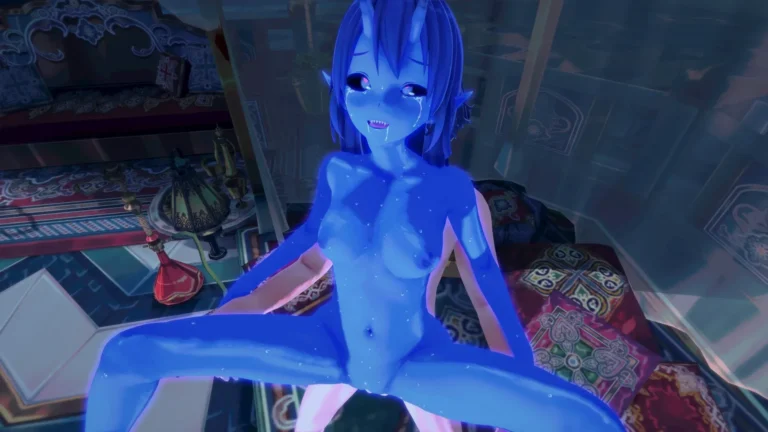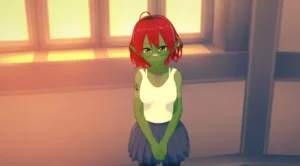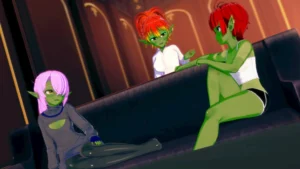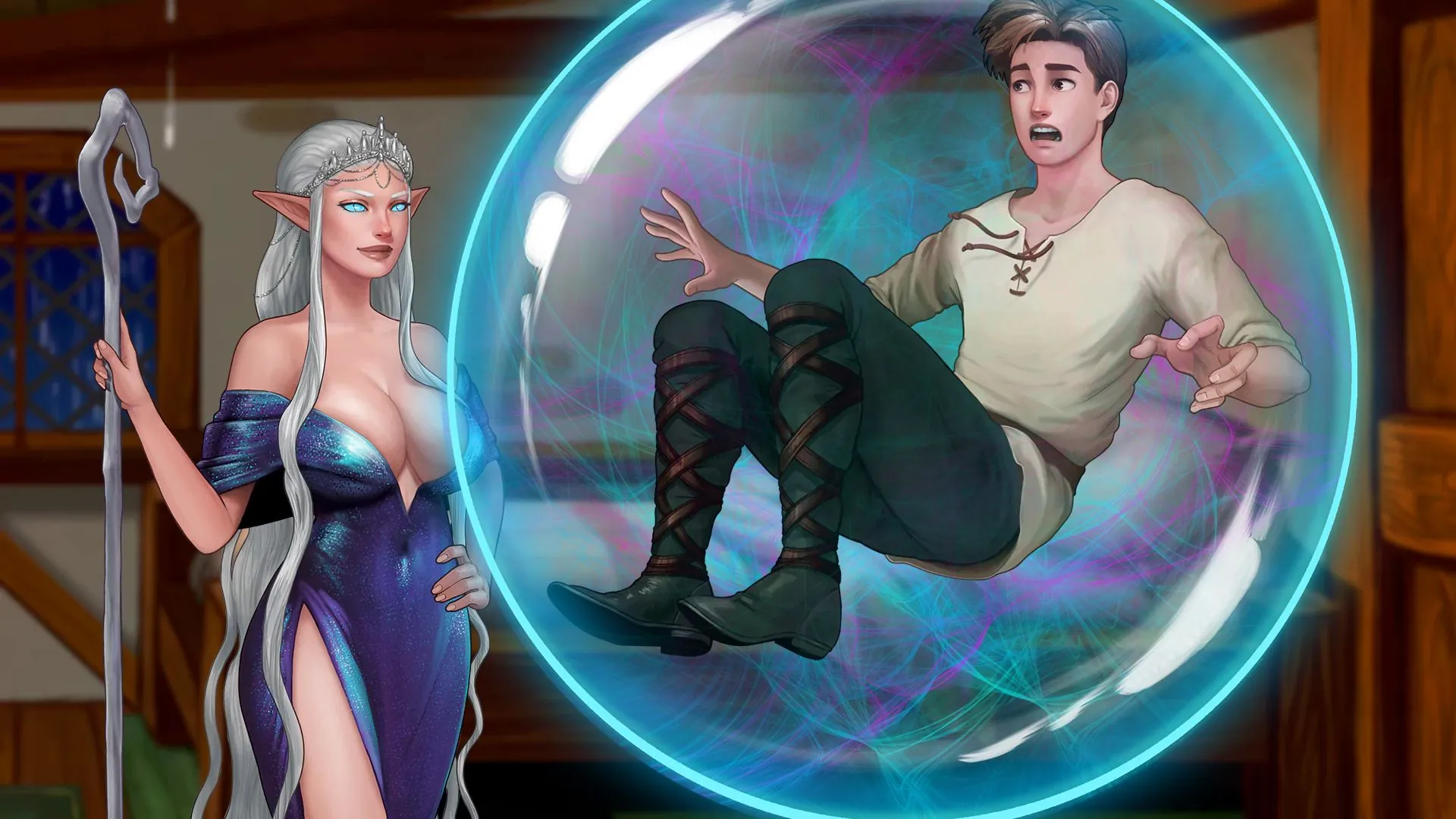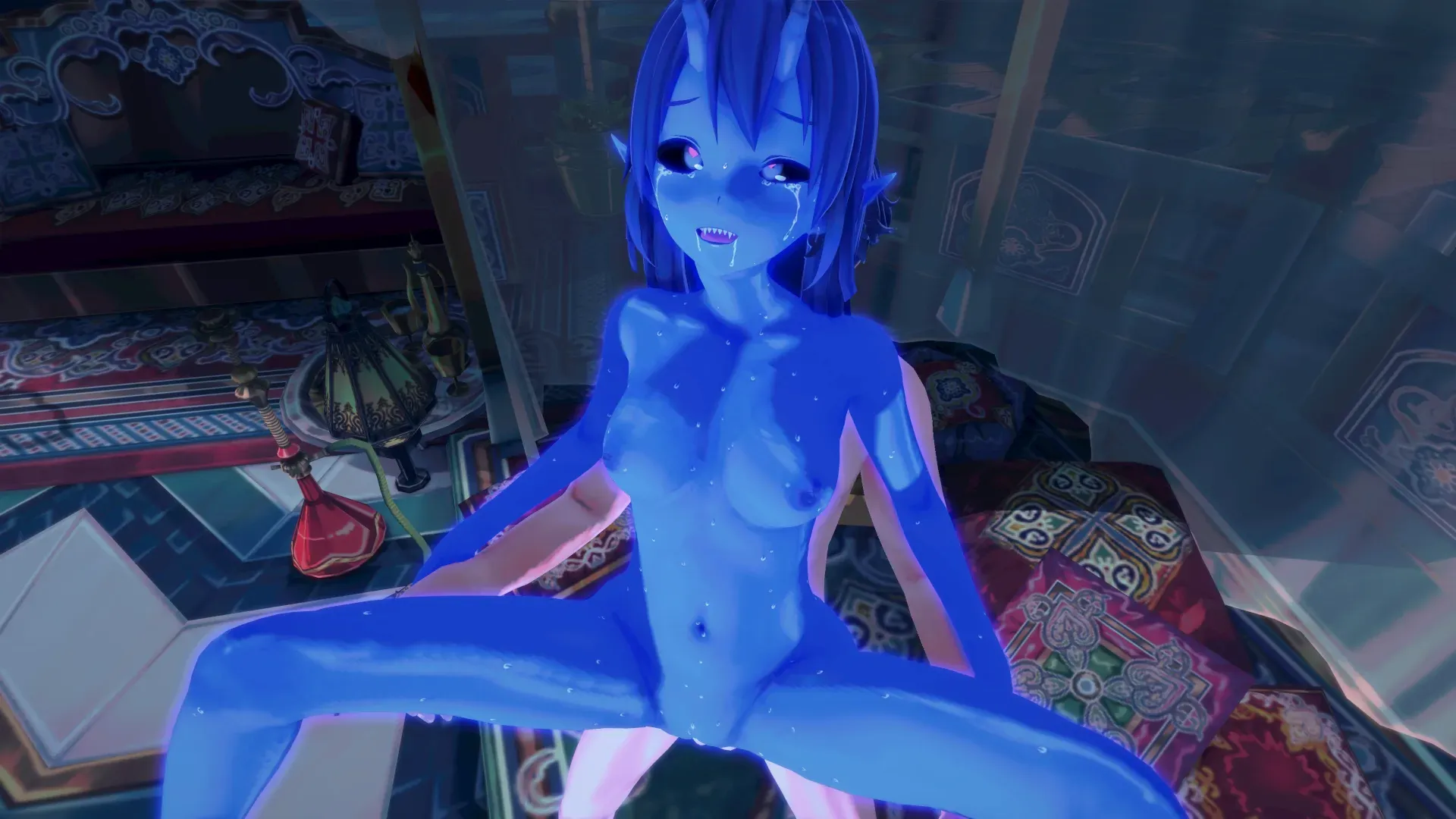
Tales of Unity
Play Tales of Unity
Tales of Unity review
Exploring the Storytelling, Characters, and Gameplay of Tales of Unity
Tales of Unity stands out as a visual novel that blends immersive storytelling with mature themes in a way that feels organic and engaging. Unlike many games in its genre, it prioritizes narrative depth and character development, making the adult elements a natural part of the plot rather than the sole focus. In this article, we’ll explore what makes Tales of Unity a compelling experience, from its rich story to its unique gameplay mechanics and character interactions.
Unpacking the Story and Setting of Tales of Unity
Let me tell you about a visual novel that completely redefined what I thought the genre could be. 🤯 I remember firing up Tales of Unity after a long day, expecting a relaxing story, and instead being immediately gripped by a world so rich and a premise so compelling that I lost track of time. This isn’t your average dating-sim-in-disguise; this is a genuine, heart-pounding narrative experience.
The Tales of Unity story is one that sticks with you, weaving complex political intrigue with deeply personal struggles. It’s a masterclass in visual novel narrative that deserves a deep dive. So, let’s pull back the curtain and explore what makes this game’s world and plot so unforgettable. ✨
What is the premise of Tales of Unity?
Imagine a world where the war is over, but the true cost is just beginning. 🏚️ That’s the brutal reality in Tales of Unity. The premise is stark and immediately engaging: humanity lost. A devastating conflict against a powerful, otherworldly race has left the human race not just defeated, but subjugated. We’re no longer citizens; we’re property.
The core of the Tales of Unity story revolves around this new, horrifying normal. You step into the shoes of a character navigating this oppressive system, where every day is a balancing act between survival and dignity. This isn’t a story about a chosen one destined to win the war; it’s about what comes after. It’s a post-war game plot that asks difficult questions: How do you find hope when you’re legally considered less than human? What does resistance look like when outright rebellion is suicide?
I found myself constantly pausing to just think about the moral weight of the choices presented. It’s a narrative that respects your intelligence.
The brilliance of this setup is how it frames the central theme of connection. In a world designed to isolate and break the human spirit, the small acts of trust and solidarity between characters become revolutionary acts. The title, Unity, isn’t just a nice word; it’s the key to the entire Tales of Unity story. It’s the one weapon the oppressors can’t easily take away. 🫂
How does the game’s setting influence the narrative?
The Tales of Unity setting is not just a backdrop; it’s an active character that shapes every single event and personality. 🗺️ We’re not in a generic fantasy land or a high-school hallway. The world is a meticulously crafted landscape of reclaimed human cities, now under the control of the victors, and stark, alien structures that serve as a constant reminder of who is in charge.
This oppressive atmosphere directly fuels the character-driven story. You can’t have a lighthearted, carefree protagonist in a world this bleak. Instead, you meet characters who are:
* Traumatized and cautious: Trust is a luxury they can’t afford.
* Strategically brilliant: Because brute force won’t work, their minds are their greatest assets.
* Morally conflicted: Is it better to collaborate to ensure some survive, or to resist and risk total annihilation?
The Tales of Unity setting forces these internal conflicts. A character’s motivation to learn a forbidden skill isn’t for a grade, but to create a hidden communication network. Their desire to protect another character isn’t just romantic; it’s a political statement that could get them both “decommissioned.” This environment elevates every interaction from simple dialogue to a tense, meaningful exchange. Every whispered conversation in a shadowy alley feels heavy with consequence. 😨
The Tales of Unity themes of oppression, identity, and the cost of freedom are baked directly into the rusted metal of the cities and the cold, alien architecture. The world doesn’t just host the story; it tells it.
What makes the story stand out in the visual novel genre?
Let’s be real—the visual novel space is crowded. So what makes the Tales of Unity story a must-play? 🏆 It fundamentally understands that “mature” doesn’t mean just adding blood or risqué content. It means presenting a narrative with emotional and intellectual maturity.
Many visual novels treat their central plot and their “themes” as separate elements—a main story, and then romantic subplots or philosophical ideas that are optional. Tales of Unity brilliantly integrates its core ideas into the very fabric of its plot. The Tales of Unity themes of solidarity, sacrifice, and reclaiming one’s agency aren’t topics the characters discuss around the main action; they are the main action. The romance, the friendships, the alliances—they all serve the central goal of survival and liberation. This creates a unique visual novel story where every relationship path feels vital to the overall narrative, not just a side quest for a cute CG image. 💖
The tone and pacing are also masterful. It knows when to fill you with dread and when to grant you a moment of tender, hard-won joy. These emotional peaks and valleys are what create incredible player engagement. You’re not just reading; you’re investing. You feel the exhaustion after a narrow escape and the exhilarating hope when a plan comes together.
To really see how it breaks the mold, let’s look at this comparison:
| Typical Visual Novel Story Element | Tales of Unity’s Approach |
|---|---|
| Setting is often a safe, familiar place (school, small town). | The setting is an active, dangerous, and oppressive world. |
| Character conflicts are often personal or romantic drama. | Character conflicts are tied to survival, morality, and political resistance. |
| Themes can feel like optional discussion topics. | Themes are the driving force of the entire plot and character motivations. |
| The protagonist’s goal might be finding love or solving a mystery. | The protagonist’s goal is fundamentally about achieving basic freedom and dignity. |
This approach results in a unique visual novel story that stays with you long after the credits roll. The Tales of Unity themes challenge you, the Tales of Unity setting immerses you, and the incredible character-driven story makes you care deeply about the fate of its people. It’s a powerful reminder that this medium can tell some of the most impactful and human stories in all of gaming. 🙌 If you’re looking for a narrative that offers more than just escapism—one that offers a profound experience—then your next read is waiting for you.
Tales of Unity offers a refreshing take on the visual novel format by weaving mature themes seamlessly into a compelling narrative set in a richly developed world. Its focus on character depth and story progression makes it more than just a typical game in its category. For players seeking a story-driven experience with meaningful choices and engaging characters, Tales of Unity is a standout title worth exploring. Dive into the game today and discover a narrative that challenges and entertains in equal measure.
